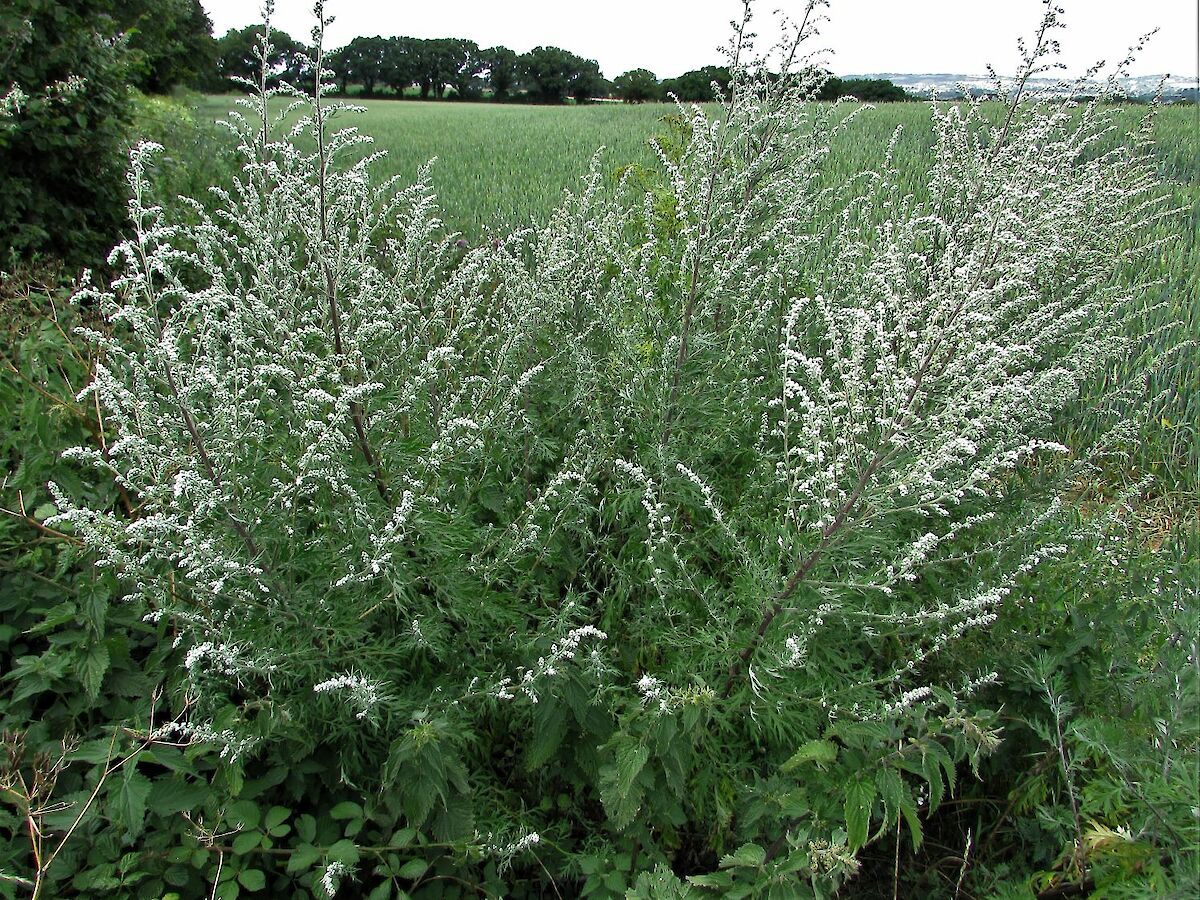
Mugwort. We are completely mystified by her. It is one of the oldest medicinal plants. The genus she belongs to, Artemisia, is full of mythology and stories. We drink her tea regulary and make crowns out of it on solstice day.
.

Comfrey. One of the biggest friends of bees in our field. The purple flowers are beloved by insects and its leaves has medicinal qualities. Yes, you guessed it right: it is from same family as borage.
.
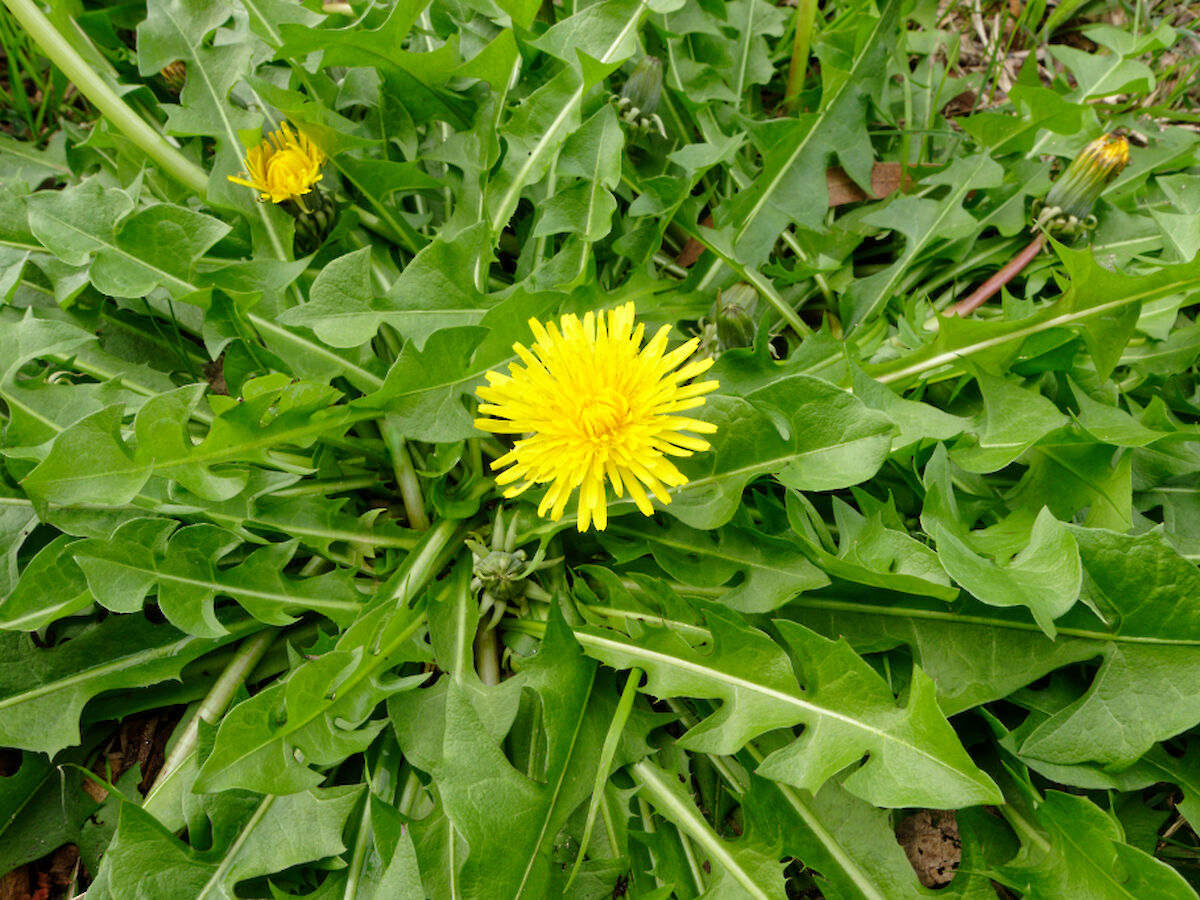
Dandelion. We are in love with dandelion! Our field is full of many of them. Each spring around April, they paint the landscape bright sunny yellow. It is edible in all its parts, especially when young. In 2023 we collected its flowers and made a salad sour with it for our donators.
.

Sow Thistle or Milk Thistle. We know it totally looks like dandelion, but it's not! We will write more on that later.

Lady's thumb, redshank or jesusherb. Also called krödde in Dutch. We started noticing her only recently. We collected a remarkable amount to try to make yellow dye from it. Apparently in Groningen, a kröddeboer is considered a sloppy farmer with a lot of weeds in their land. Legend has it that redshank grew under the cross on which jesus died. A few drops of blood would have fallen on the leaves. So red spots are still visible on each leaf. The herb is therefore sometimes called Jesus herb.
.
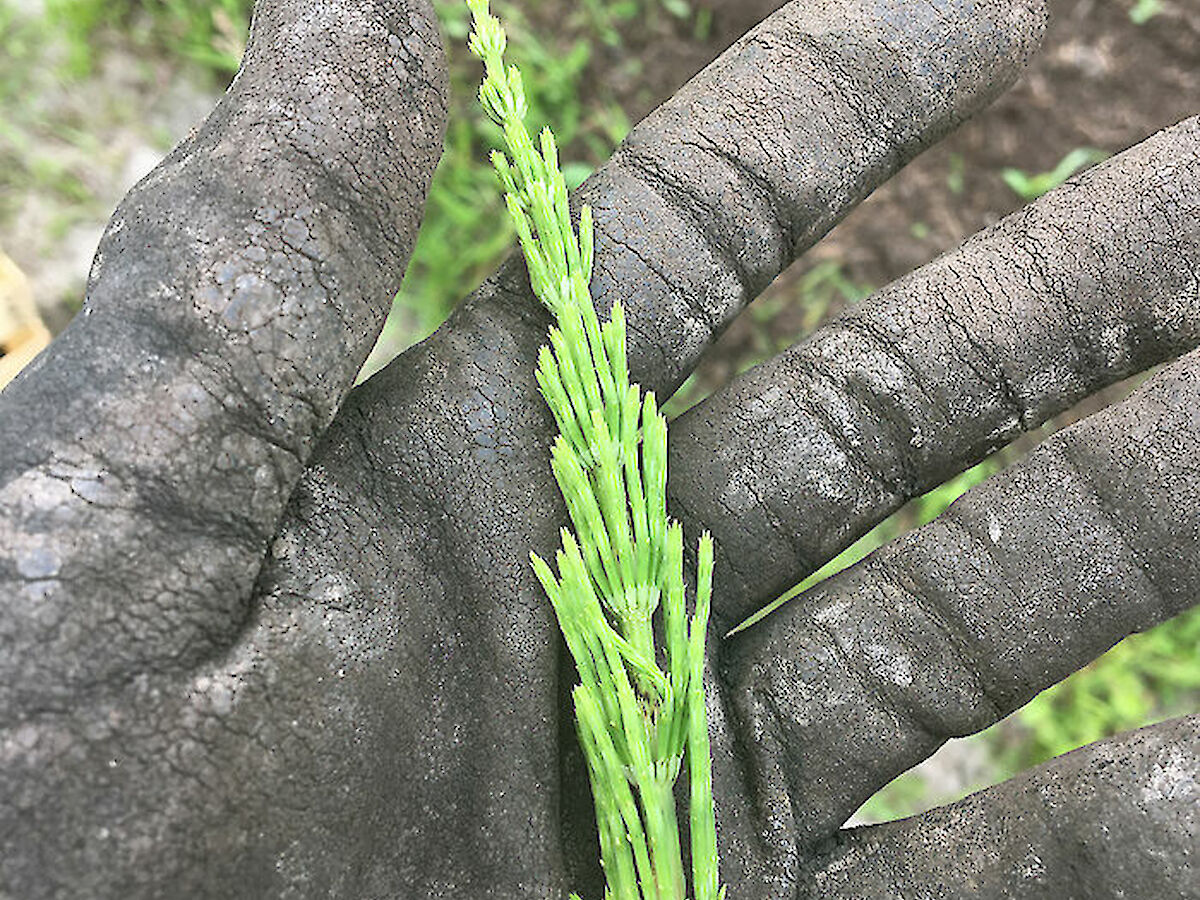
Equisetum arvense, the field horsetail or common horsetail, is an herbaceous perennial plant in the Equisetopsida (the horsetails). Equisetum is a "living fossil", the only living genus of the entire subclass Equisetidae, which for over 100 million years was much more diverse and dominated the understorey of late Paleozoic forests.
.

Here is out second weed friend: the thistle. They are very prickly so one needs gloves to pick them. These prickles are an adaptation that protects the plant from being eaten by herbivores. If you let them grow they will make purple / pink flowers.
.
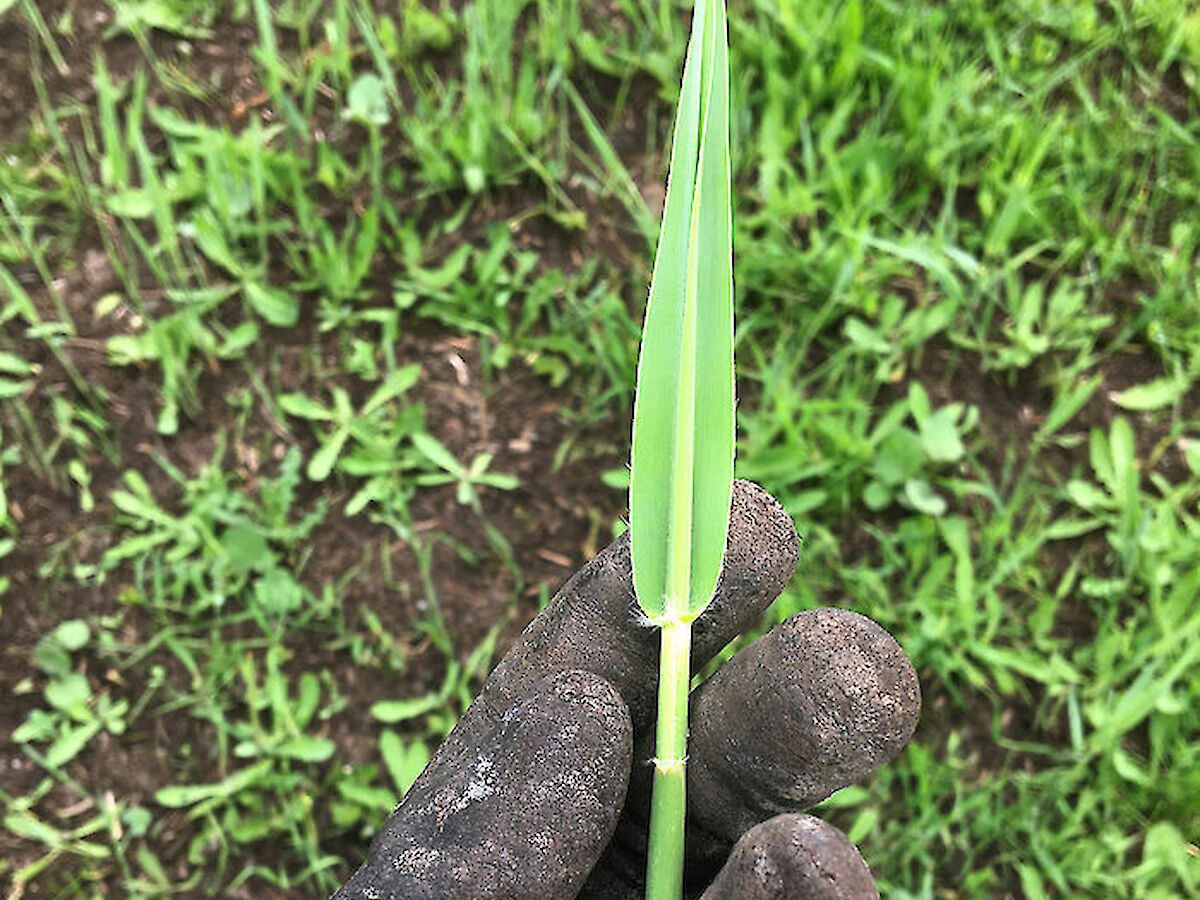
Our third frenemy is: reed! Also known as phragmites. This one in the photo is small but they grow so fast and so tall. Apparently they are edible too: The young shoots can be consumed raw or cooked. The hardened sap from damaged stems can be eaten fresh or toasted. The stems can be dried, ground, sifted, hydrated, and toasted like marshmallows. The roots can be prepared similar to those of cattails. Should we try?
.

Petasites
.

Siberian Elm
.

Field Elm
.
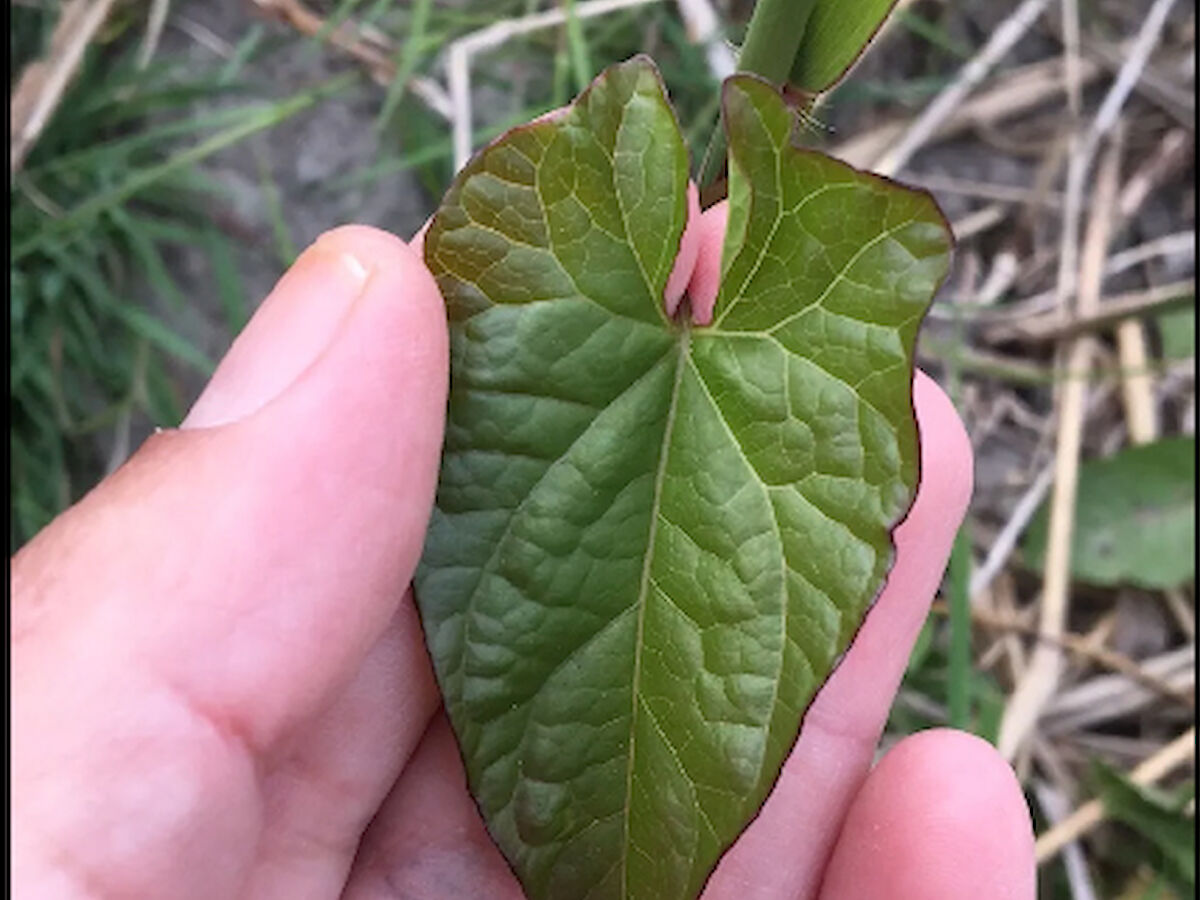
Hedge Bindweed: Calystegia sepium (hedge bindweed, Rutland beauty, bugle vine, heavenly trumpets, bellbind, granny-pop-out-of-bed and many others) is a species of flowering plant in the family Convolvulaceae. It has a subcosmopolitan distribution throughout temperate regions of the North and South hemispheres.
.

Field Mustard
.
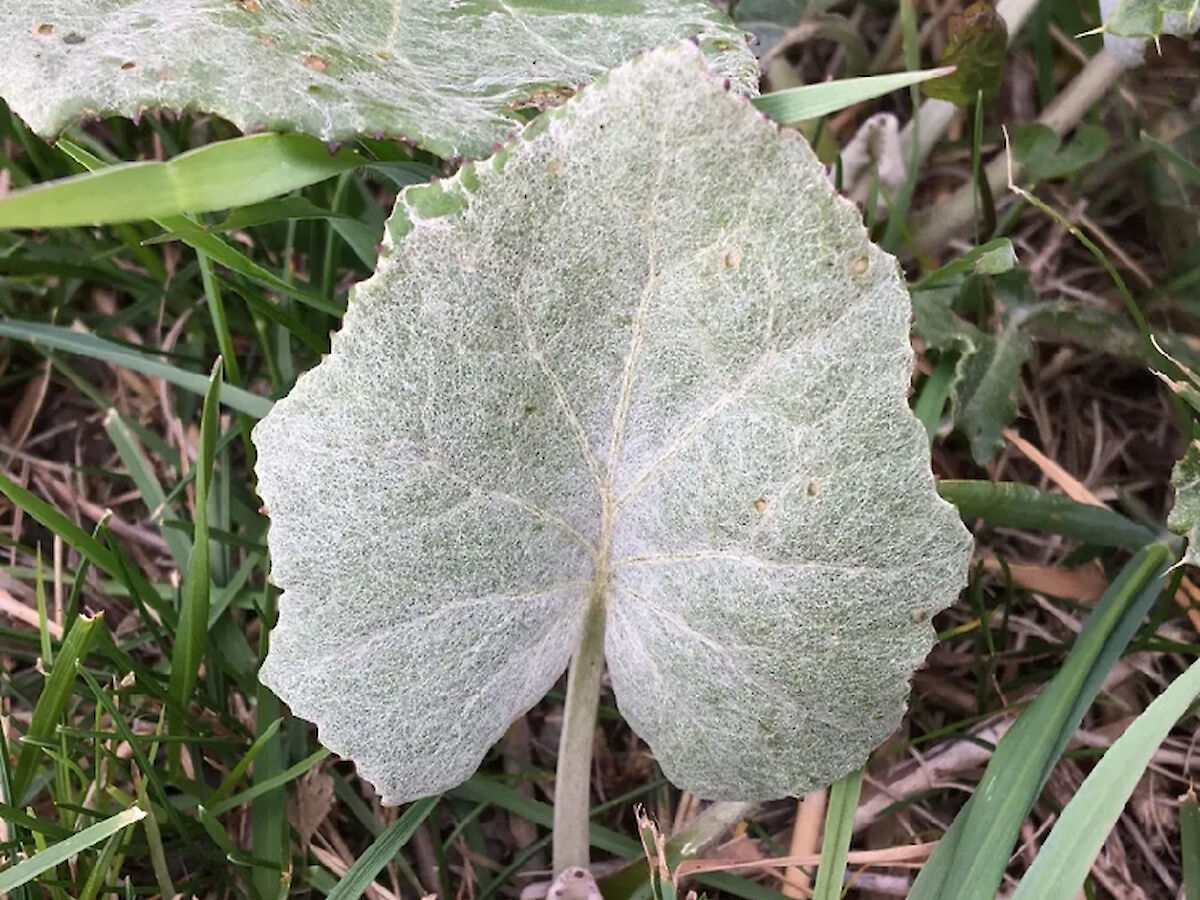
Coltsfoot
.
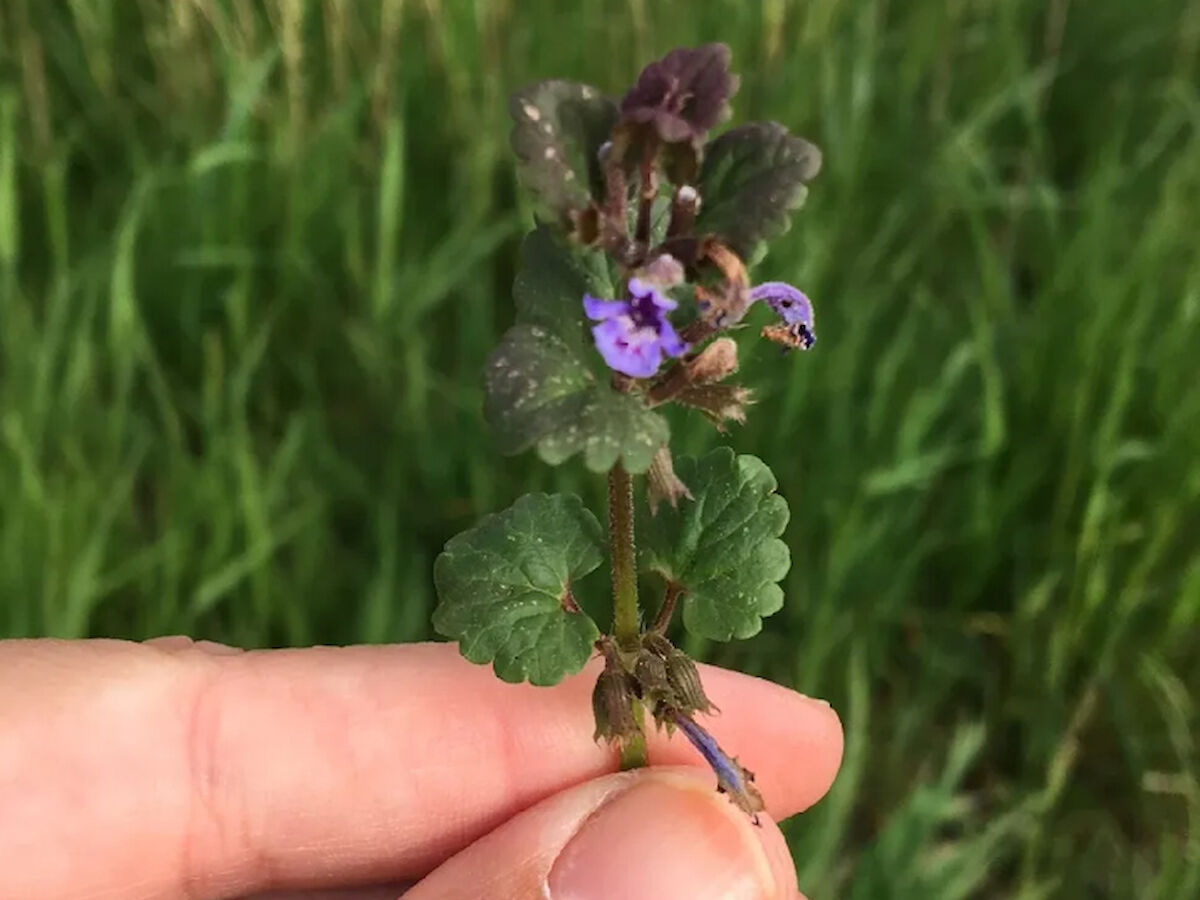
Ground Ivy
.
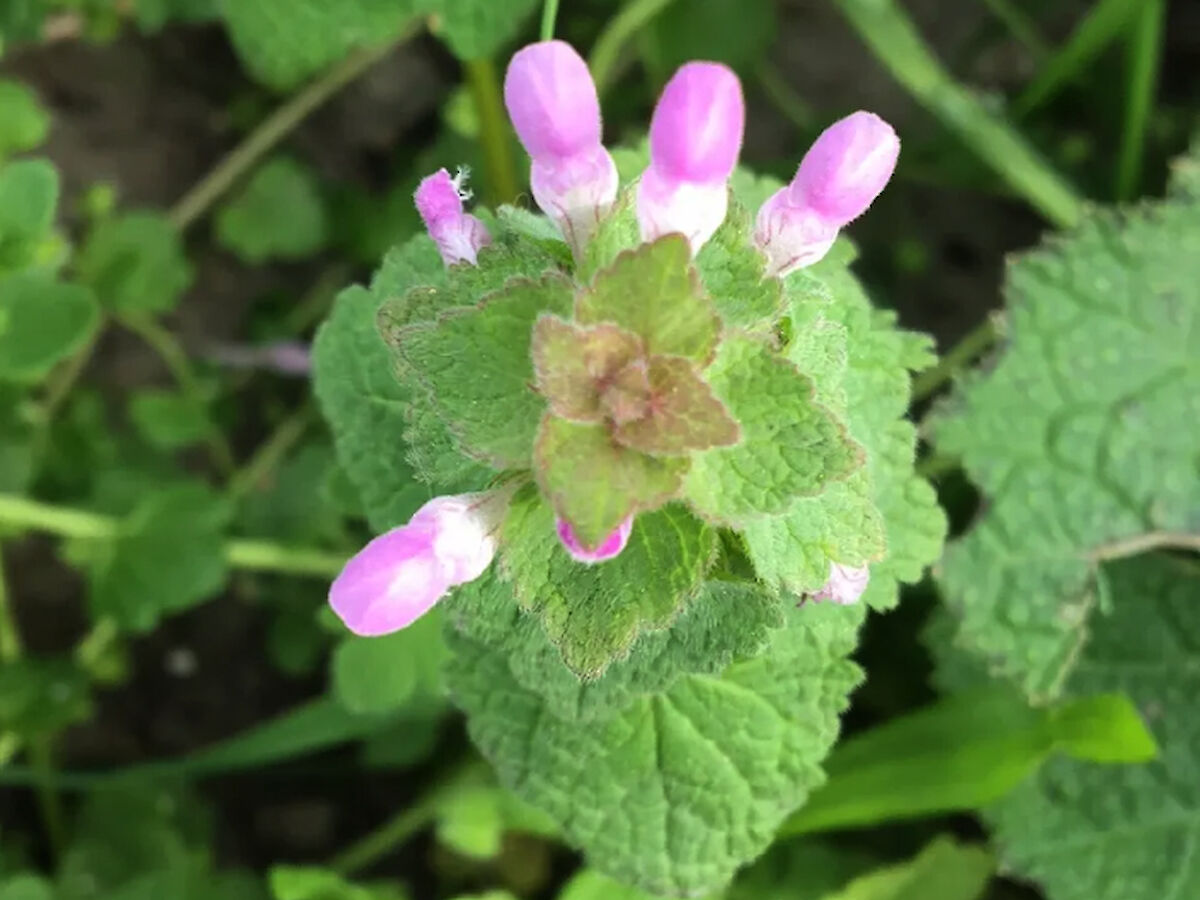
Purple Dead Nettle
.
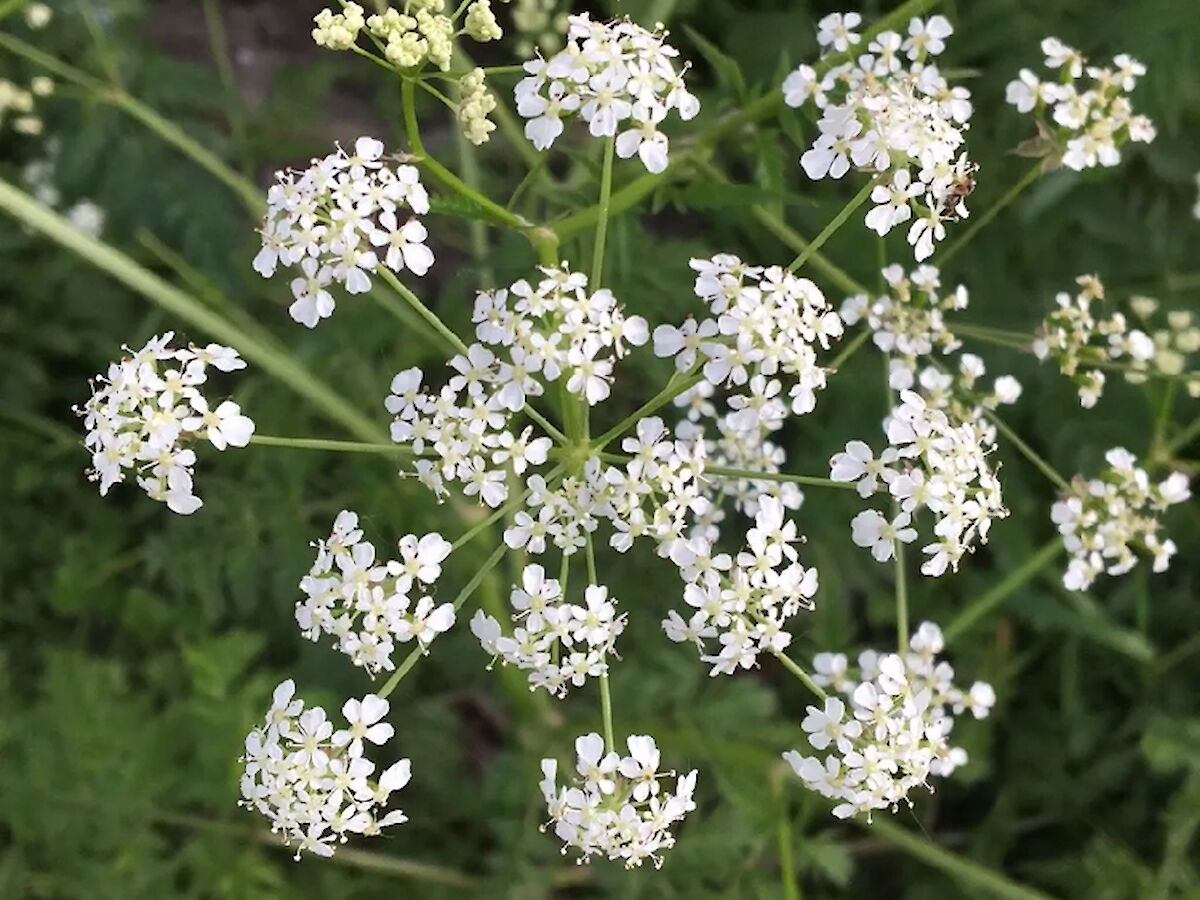
Cow Parsley: Anthriscus sylvestris, known as cow parsley,[2] wild chervil,[2] wild beaked parsley, Queen Anne's lace or keck,[2][3] is a herbaceous biennial or short-lived perennial plant in the family Apiaceae (Umbelliferae),[4] genus Anthriscus.
.
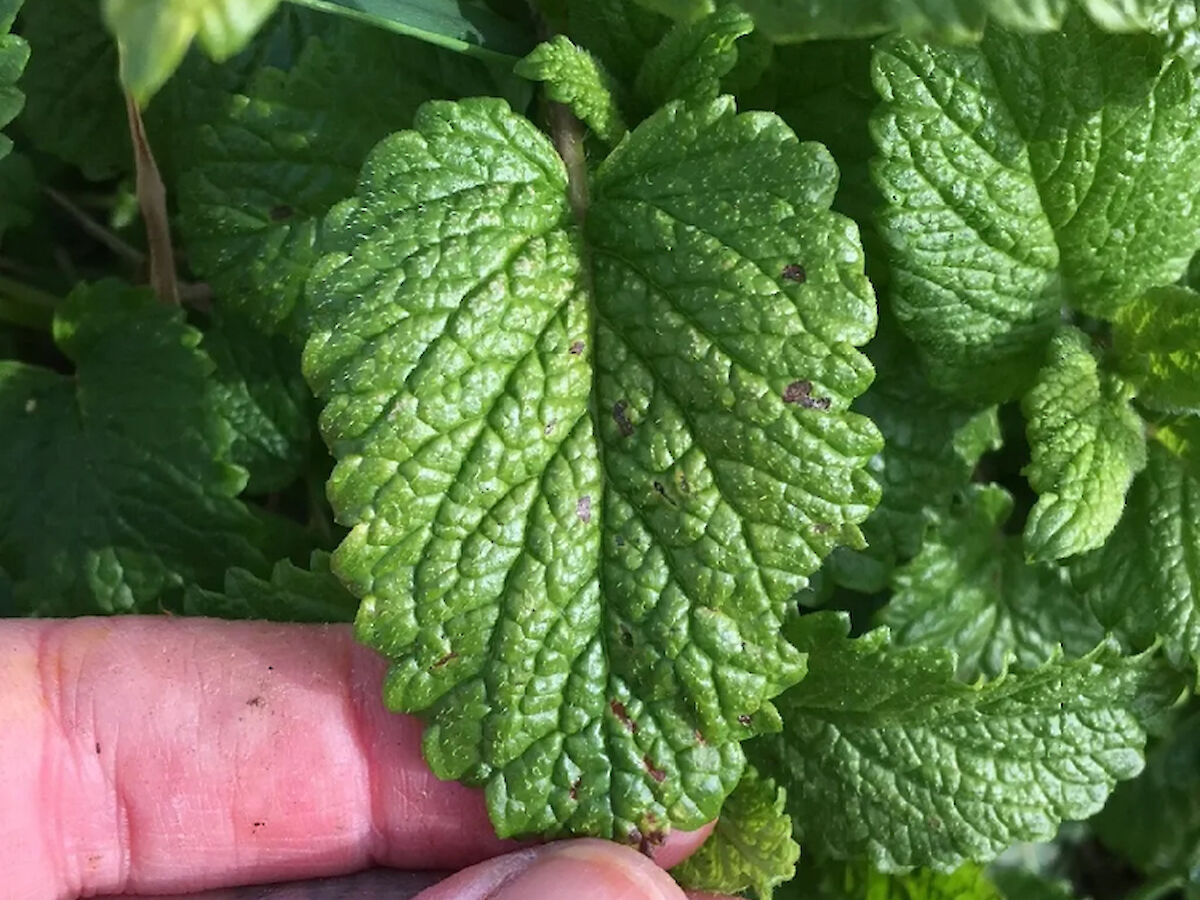
Lemon Balm: Melissa officinalis
.

Blackberry